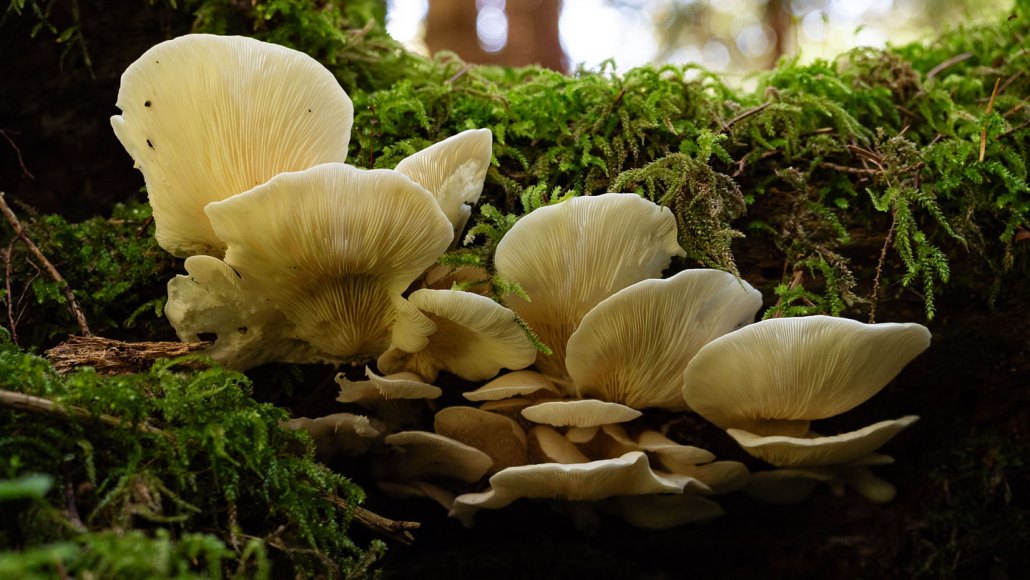Climate change may be pushing fungal allergy season earlier
Allergies from fungi are starting 3 weeks earlier than they did two decades ago

Fungal allergy sufferers may have noticed that their symptoms start earlier than in the past, and a new study backs that up. Allergy season kicks off roughly three weeks earlier than it did 20 years ago.
TorriPhoto/Getty Images







